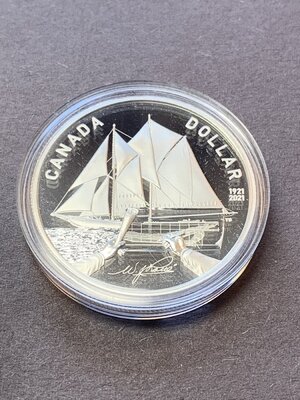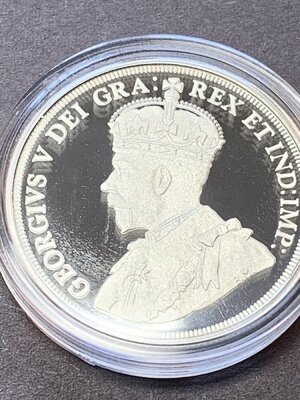Looking back for ships registered as Bluenose before 1921 the following list has been copied and pasted which does not advance your YQ models but adds to the brain bucket hold contents:
Library Catalogue
Top of Form
Bottom of Form
Nova Scotia Archives
Bluenose: A Canadian Icon
Vessels Registered Under the Name: Bluenose - Prior to 1921
Bluenose — Brig — 159 Tons
Built in 1839 at St. Stephen, NB, by Messrs. Todd & McAllister
Registered: St. Andrews, NB, #7/1839
Owners: William Todd Jr. and John McAllister
Registered St. Andrews, NB, #14/1848
Owner: William Lancaster
Registered Liverpool, England, #353/1850
Owned by Thomas Miller MacKay and William Cowley Miller
Registered London, England, #493/1853
Bluenose — Schooner — 56 Tons — Official Number: 35,741
Built in 1850 at Mahone Bay, NS, by Elkanah Zwicker
Registered Lunenburg, NS, #18/1850
Owners: Casper Eisenhaur and Peter Eisenhaur
Registered Halifax, NS, #16/1851
Owner: James Murphy
Registered Halifax, NS, #14/1853
Owner: Joseph Mason and John McGrath
Registered Halifax, NS, #61/1854
Owners: Peter Martin Jr., George Martin Jr., William Martin and George Martin Sr.
Registered Yarmouth, NS, #5/1863
Owners: Robert Lonergan and John Lonergan
Sold foreign in 1865 at St. Pierre & Miquelon
Bluenose — Brig — 263 Tons — Official Number: 38,136
Built in 1860 at Weymouth, NS
Registered Yarmouth, NS, #40/1860
Owners: Samuel and John Killam
Sold foreign in 1868 at Amsterdam
Bluenose — Barque — 568 Tons — Official Number: 53,579
Built in 1865 at Truro, NS, by John Sanderson & Son
Registered Halifax, NS, #91/1865
Owners: John Dickie, Samuel Rettie, John Yuill, John Sanderson, Arthur Cochran et al.
Lost at sea in 1871
Bluenose — Schooner — 10.84 Tons — Official Number: 100,909
Built in 1889 at Caraquet, NB, by Joseph Sewell
Registered Chatham, NB, #31/1893
Owner: Joseph Sewell
Broken up. Registration closed 1920
Bluenose — Sloop — 2.40 Tons — Official Number: 107,073
Built in 1891 at Saint John, NB, by Frederick E. Sayer
Registered Saint John, NB, #9/1898
Owner: George Holder
Broken up at Marble Cove, 1919
Bluenose — Schooner 3 Masts — 166 Tons — Official Number: 112,062
Built in 1903 at Falmouth, NS, by Thomas W. McKinley
Registered Windsor, NS, #3/1903
Owner: --
Registered Bridgetown, Barbados 1916
November 14, 1919: Foundered off Peniche, Spain with a cargo of dried fish.
Bluenose — Schooner — 99 Tons — Official Number: 150,404
Built in 1921 at Lunenburg, NS, by Smith & Rhuland
Registered Lunenburg, NS, #8/1921
Owner: Bluenose Schooner Co., Ltd.
Registered Lunenburg, NS, #11/1936 on installation of an engine: 78.59 Tons
Owner: Bluenose Schooner Co. Ltd.
August 16, 1941: sold to Angus Walters
September 5, 1941: Walters sold 33 shares to 13 different people
June 27, 1942: Walters became sole owner
July 2, 1942: Walters sold the vessel to the West Indies Trading Co.
July 2, 1942: Mortgage of $16,000 to Angus Walters
Mortgage discharged November 2, 1842
Register closed 19 December, 1944 on sale to US Citizens
Amendment Jan 26, 1945 states the vessel under Honduras Flag
Lost off Haiti Jan. 29, 1946
Information taken from research material compiled by Charles A. Armour, 2003.
Rich








